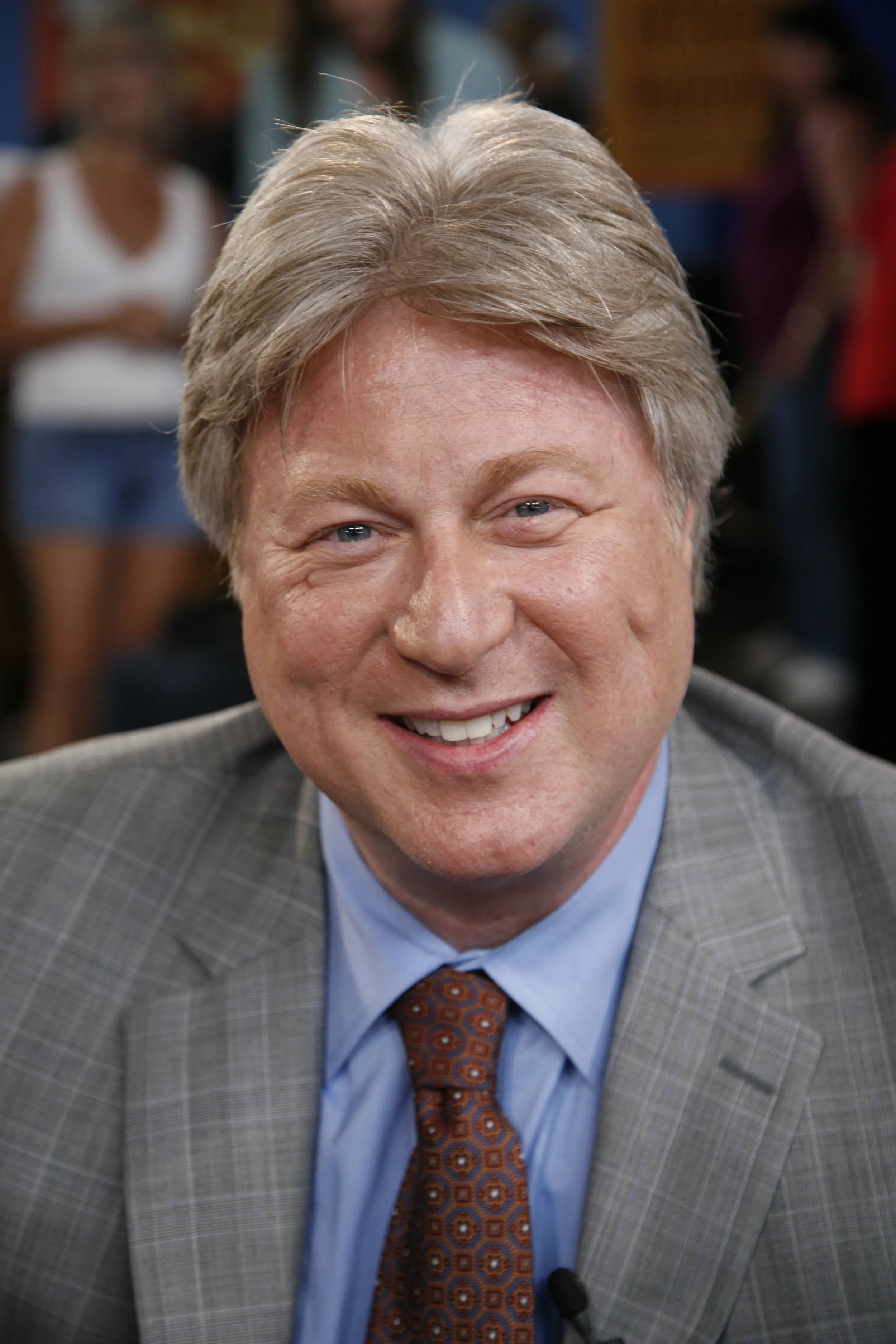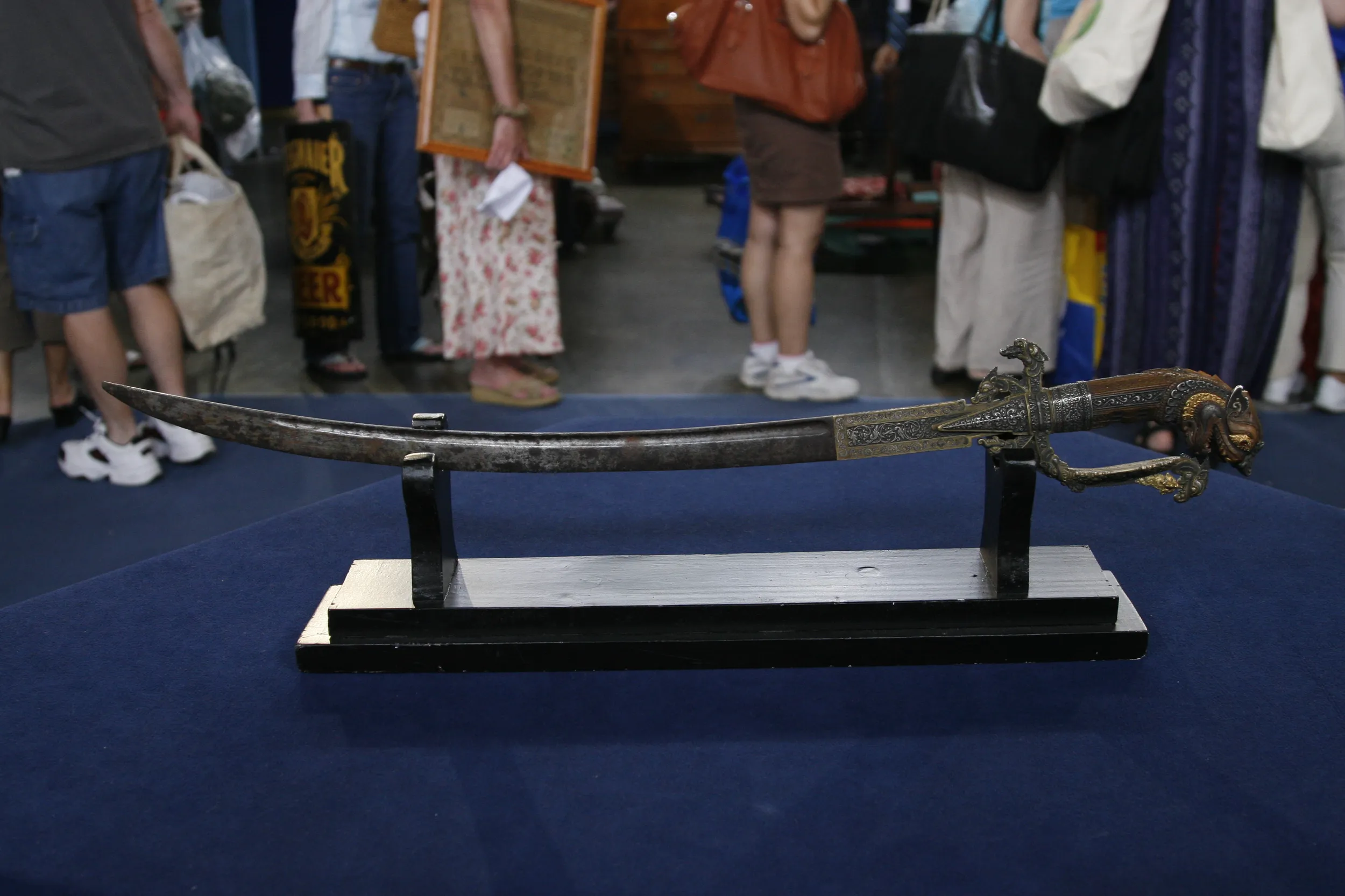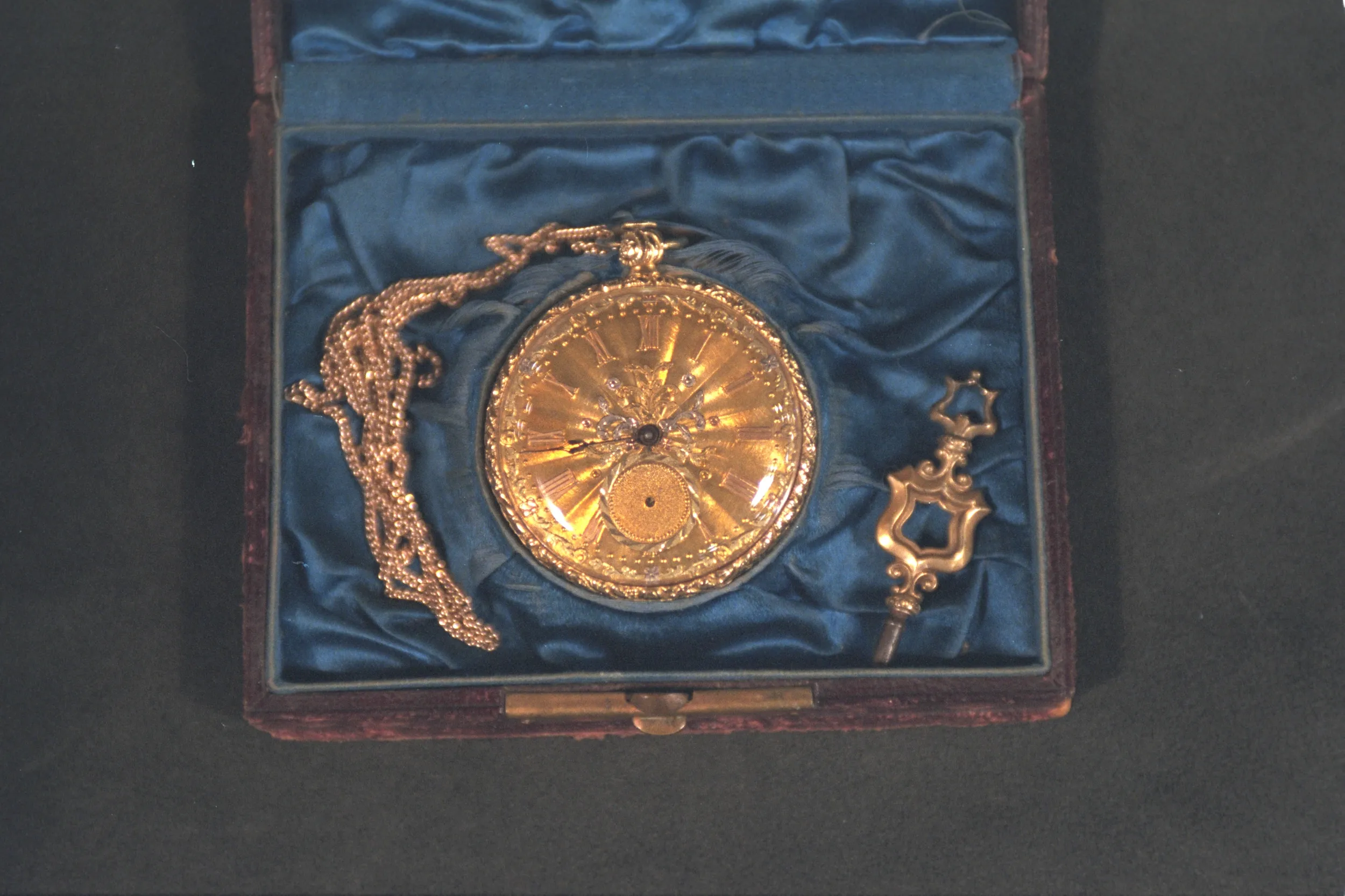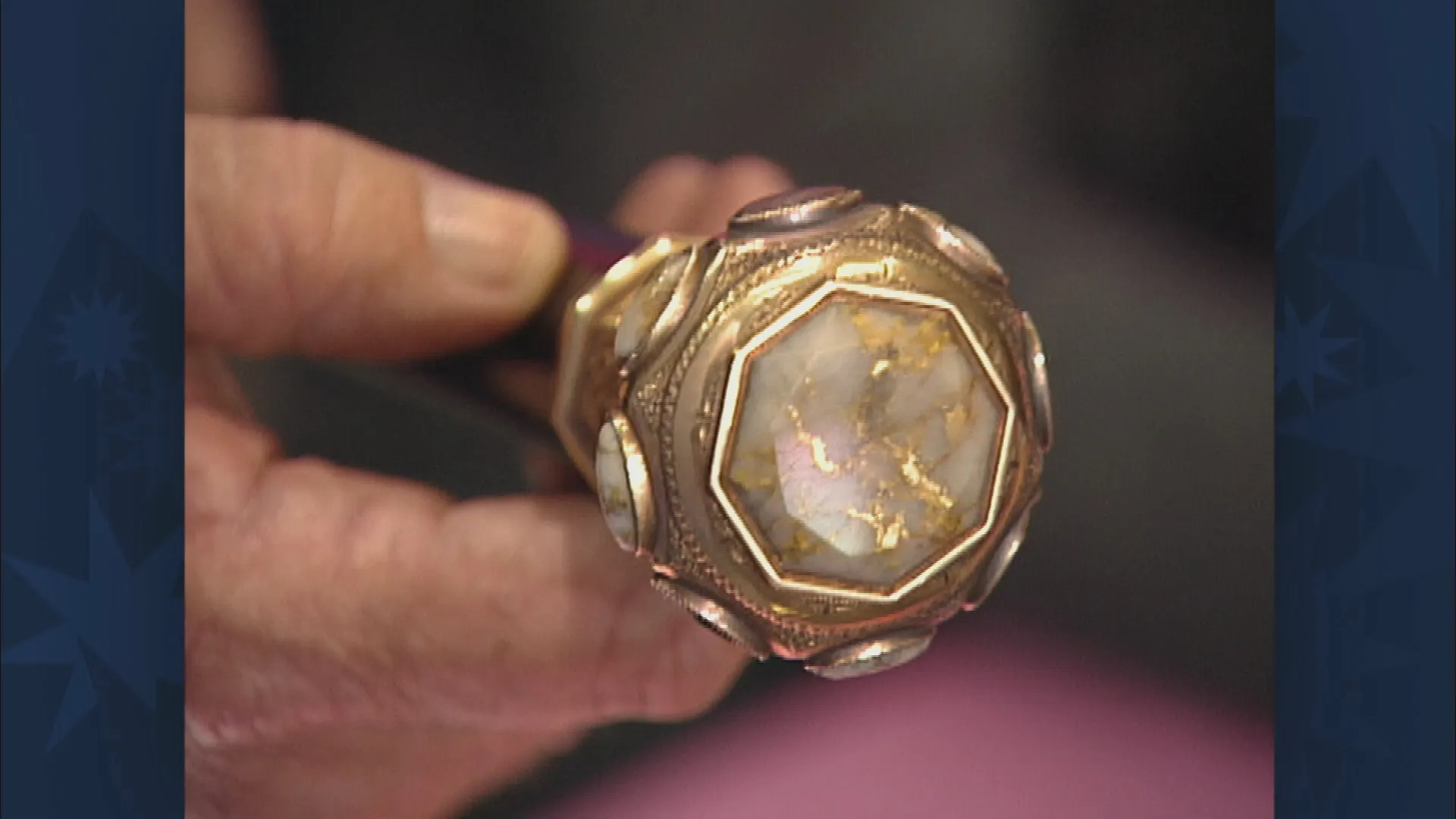GUEST: This is from my maternal grandmother. Uh, she married here in California to a gentleman from Holland, and he passed away during World War II, and after World War II, she traveled to Europe-- it was 1953, the coronation of Queen Elizabeth-- and went on to visit with the family that she had never met in Holland. This was actually given to her by cousins at that time. My grandmother wore it, my mother wore it. Now I get to wear it, and it's a little... needs a little support, so we don't bring it out too often.
APPRAISER: Okay. It's Dutch. And you said, "I don't even know if it's diamond or rhinestone."
GUEST: Right.
APPRAISER: But it is diamond.
GUEST: Really?
APPRAISER: And a very old diamond ring-- one of the oldest that we see today. This is from the 18th century. It dates about 1780.
GUEST: Mmm. Wow.
APPRAISER: And there are ways that we know that. In those days, the diamonds were set in silver, and what we have is a large diamond in the center with a border of smaller stones around it. The diamond in the center is called a rose cut. This is one of the oldest cuts of diamond. It's a crude cut, almost like it's upside down. The facets of the diamond stick up on the top, and underneath, it's flat.
GUEST: Mm-hmm.
APPRAISER: These are very rare and sought after by collectors because there are very few of them around anymore. Most of them have been taken out of the settings and recut, and very few have survived in their original condition.
GUEST: Oh.
APPRAISER: Also, this ring was meant to be seen in candlelight. In the ballroom.
GUEST: Oh.
APPRAISER: It would flicker. And the way they did that was, they had foil underneath the diamond to reflect the flickering of the candles, and the ring is closed up inside and underneath, and it's also decorated on the inside where it's gold, and where only the owner would see it. And the foil is underneath that decoration. The rest of the construction is gold anywhere it would touch the skin, except for the diamonds. They wanted those in silver. A ring like this very commonly had no marks. It was not required by law that there be any hall markings, any gold standards, so when I look at a ring like this, there are no marks. But for an authentic one, I don't expect to see any. Not many people could afford a big, beautiful diamond in the 1780s, so this belonged to an upper-class family. Maybe lesser nobility.
GUEST: My grandmother said she was entitled to be a countess.
APPRAISER: She was entitled to be a countess?
GUEST: Yes.
APPRAISER: Well, this was a ring befitting a countess in Holland in the late 18th century.
GUEST: Uh-huh.
APPRAISER: Which was where diamonds were cut, in Antwerp, and that part of the world. We know that it's a very large rose diamond, but it's difficult to tell you exactly how many carats. We'd have to take it out of the mounting, put it on a diamond scale and weigh it, and that might destroy the ring, so it's something we don't do. And therefore, we can't say exactly. Rose diamonds look bigger than what they weigh, so a stone like this that appears to be about maybe three carats might only weigh one carat or a little more than one carat, but the value is not in the diamond weight or even the color and clarity. It's in the authenticity of the total ring. A ring like this today in a retail store will easily achieve a very good price. I think we're looking at something around $10,000.
GUEST: Wow. Beautiful.
APPRAISER: And to replace this ring, you have to find one as nice in a perfect condition. So, I'd want to see it insured for $15,000.
GUEST: Thank you very much.
APPRAISER: Thanks for bringing it to the ROADSHOW.








